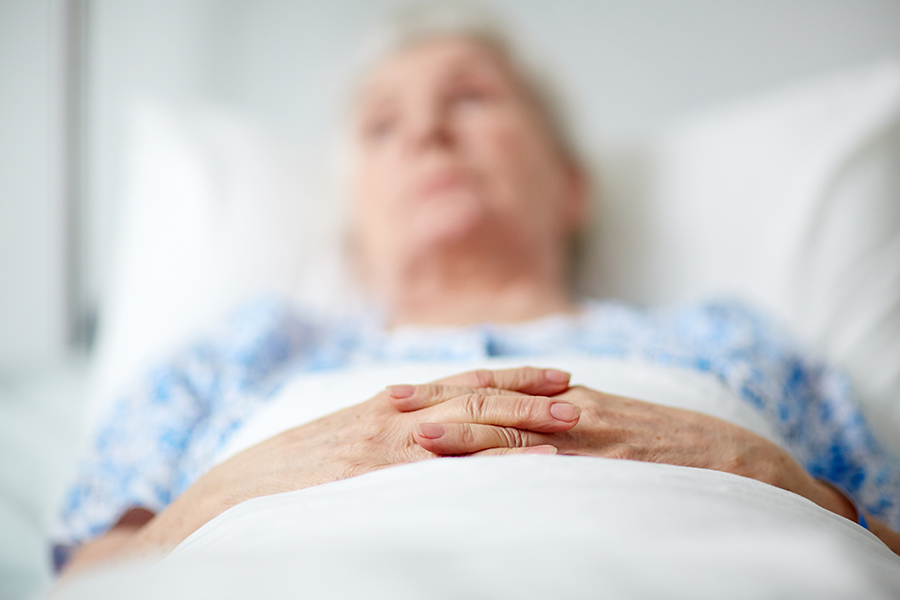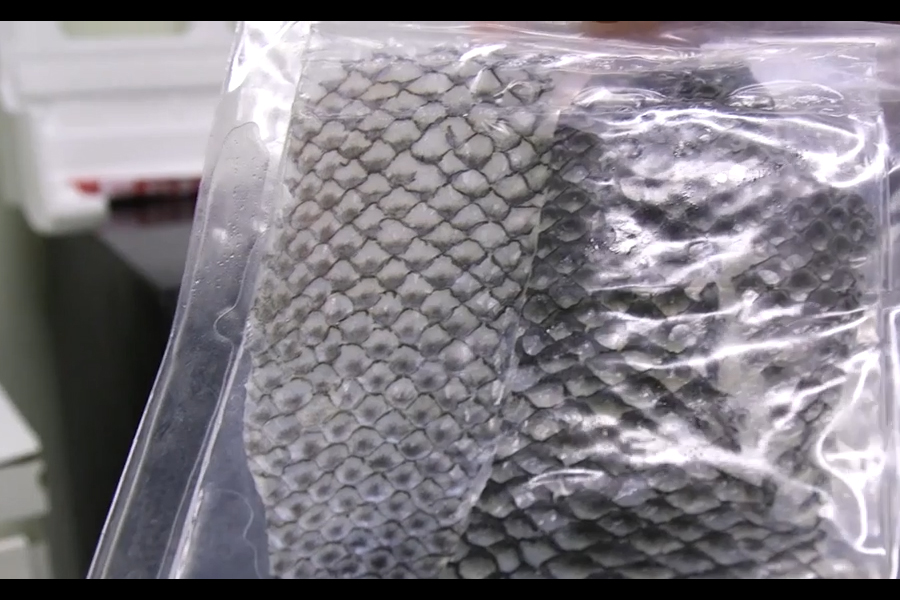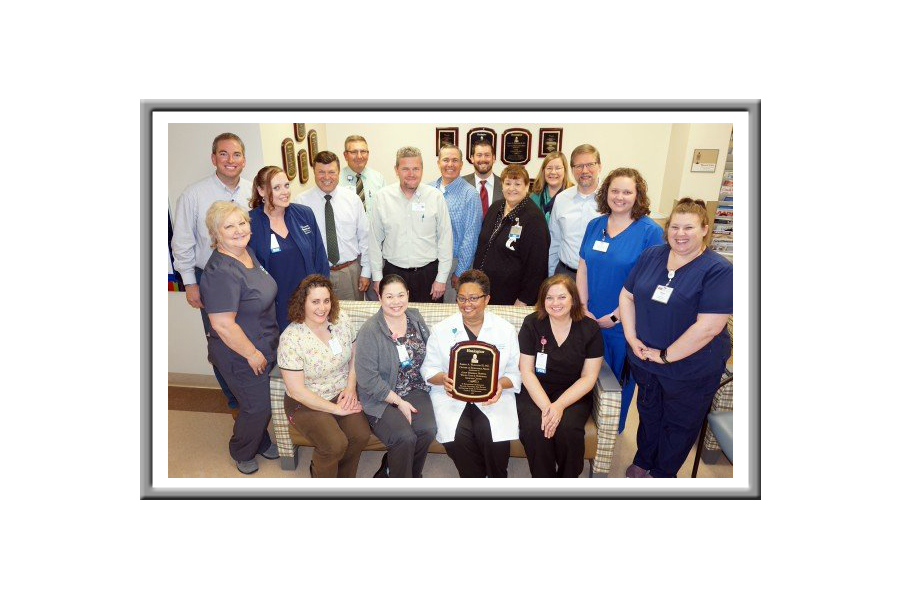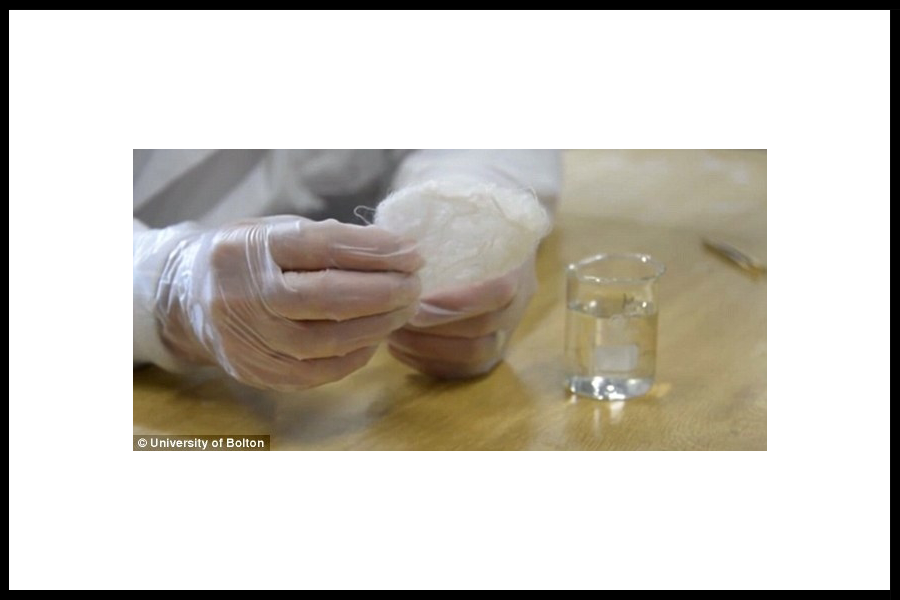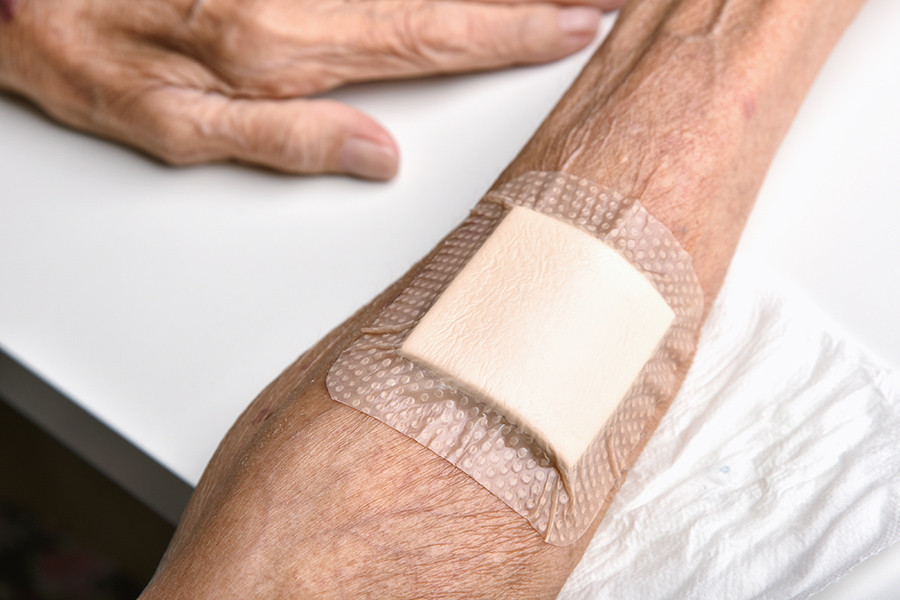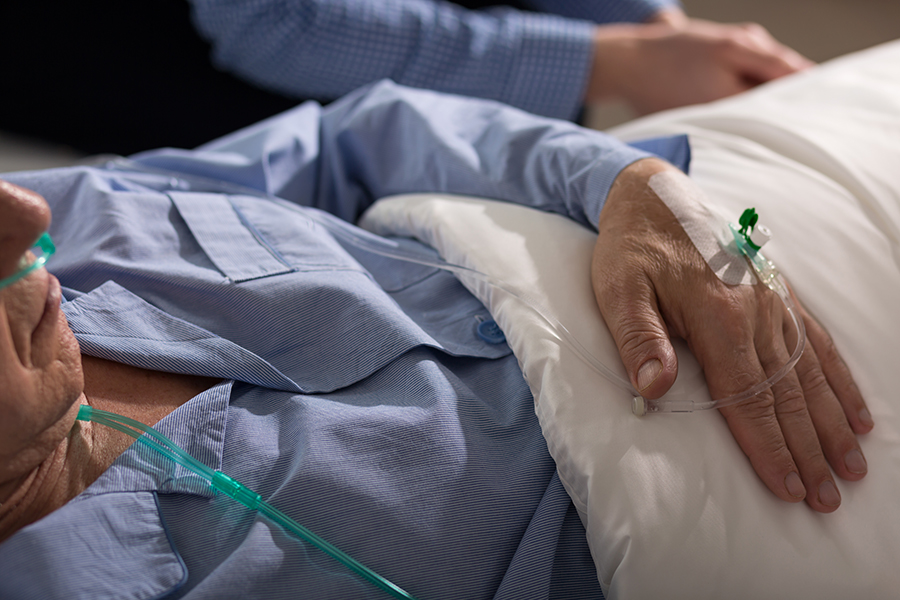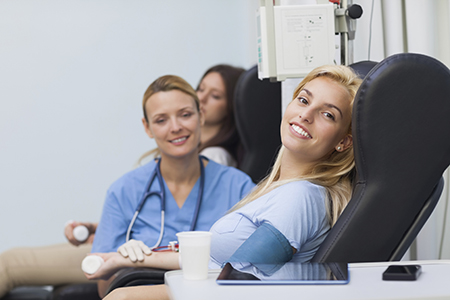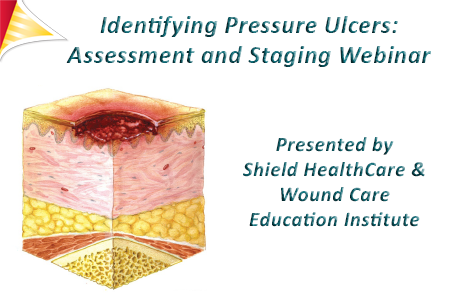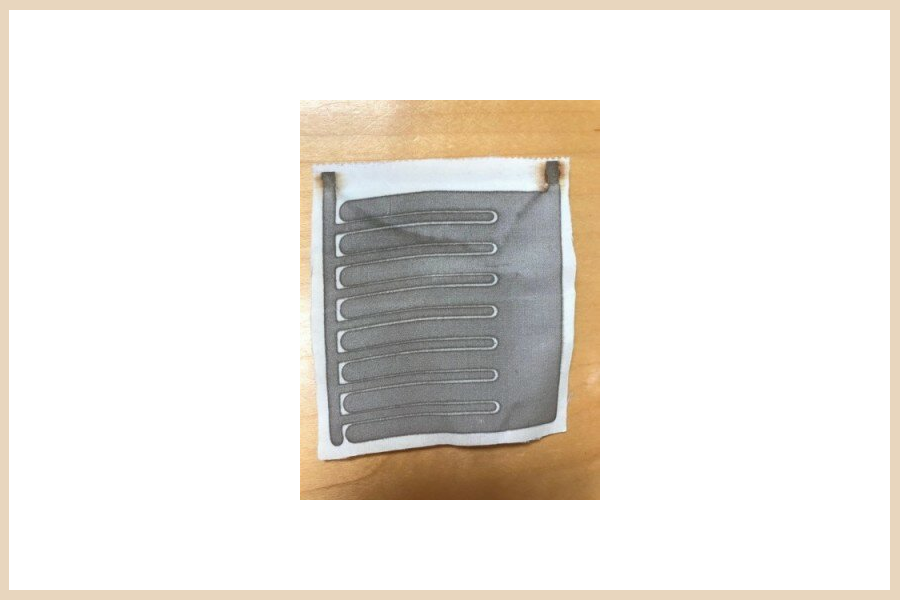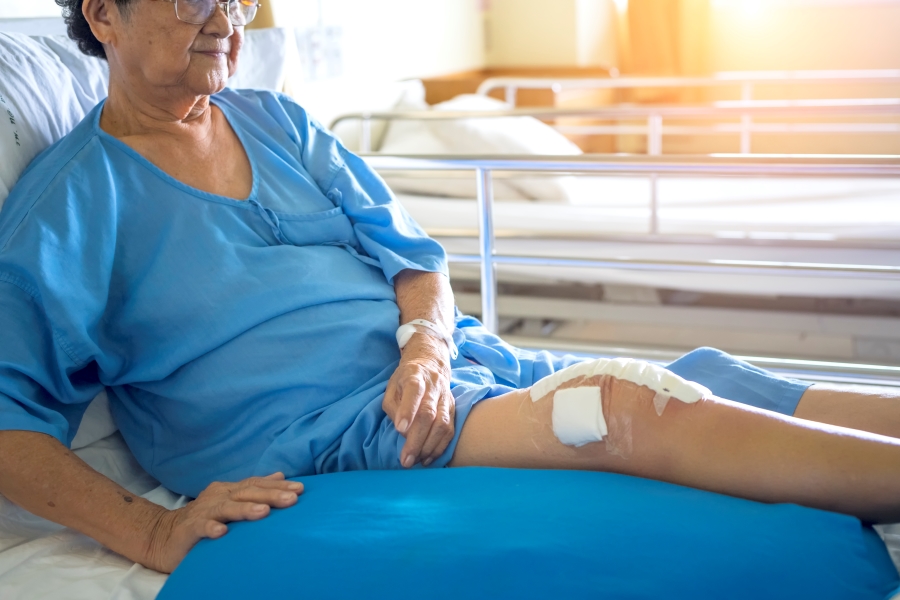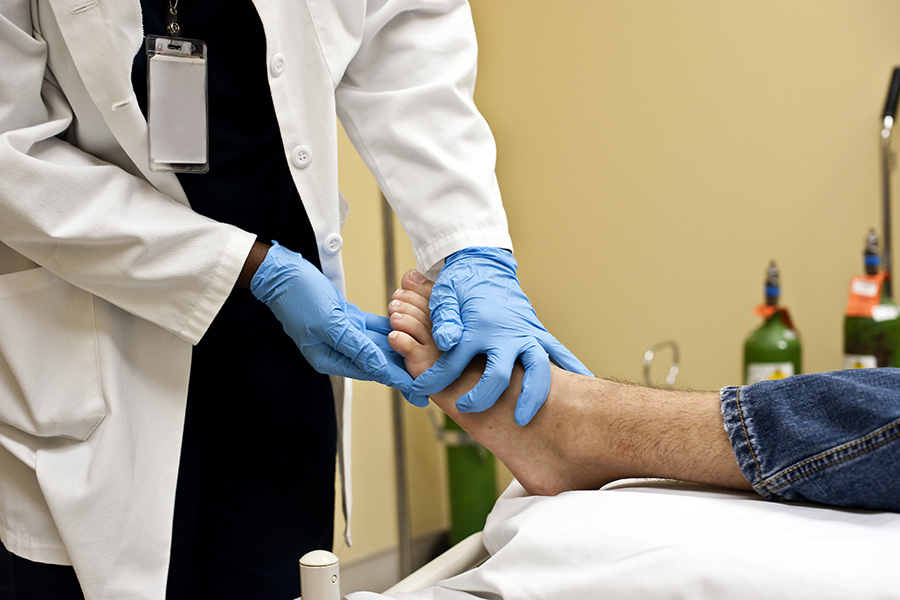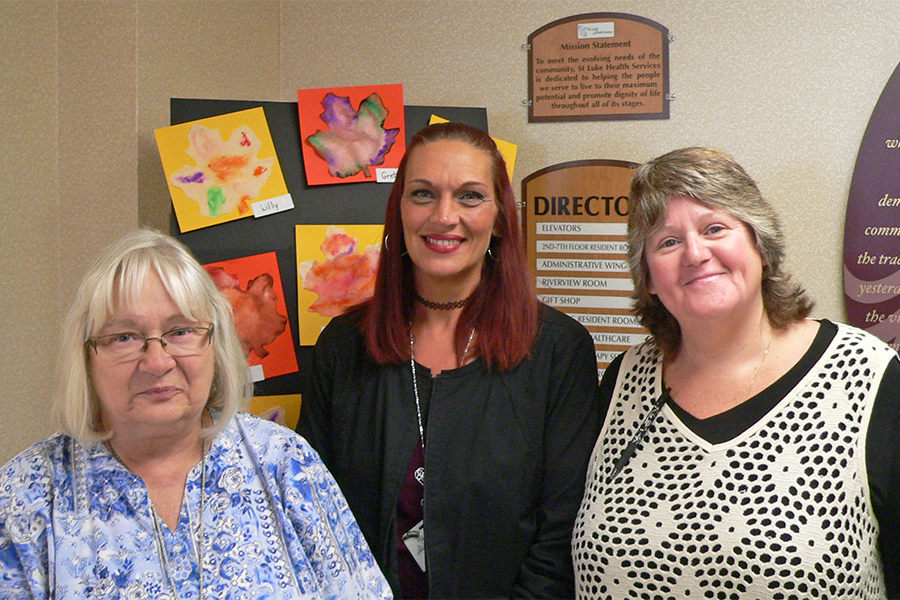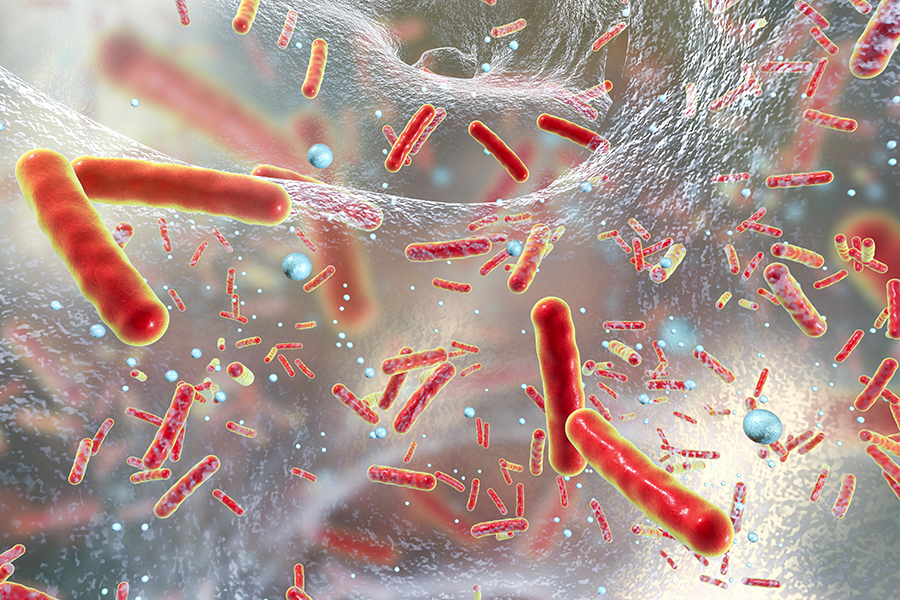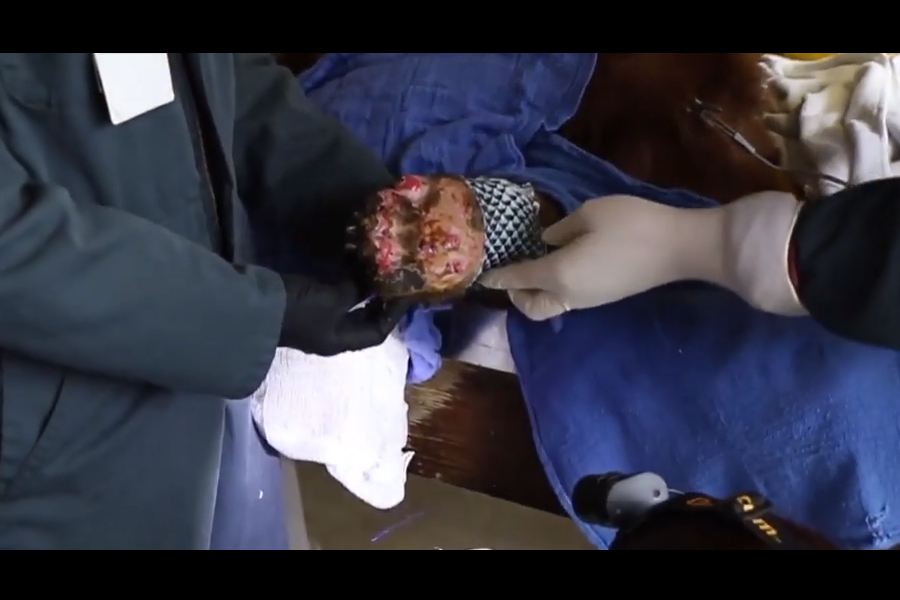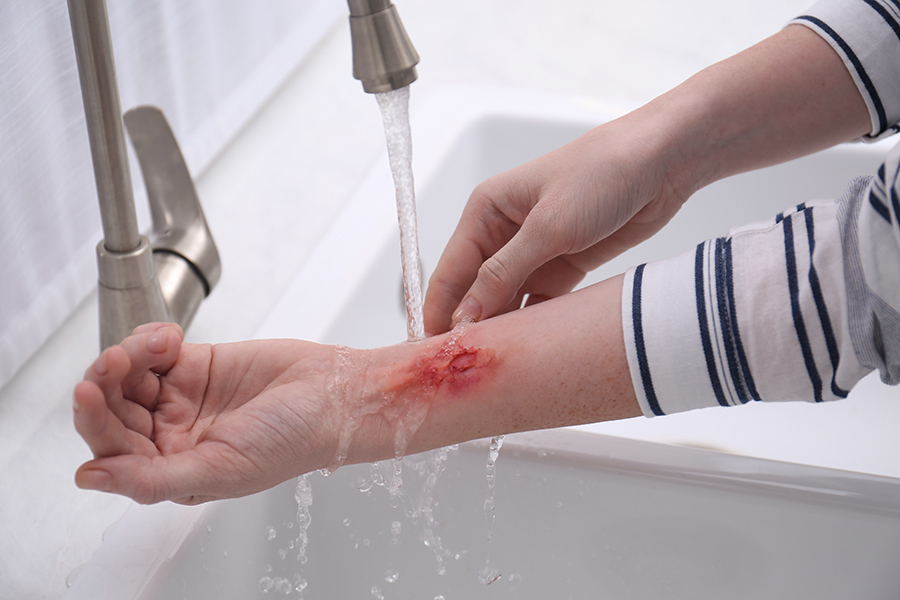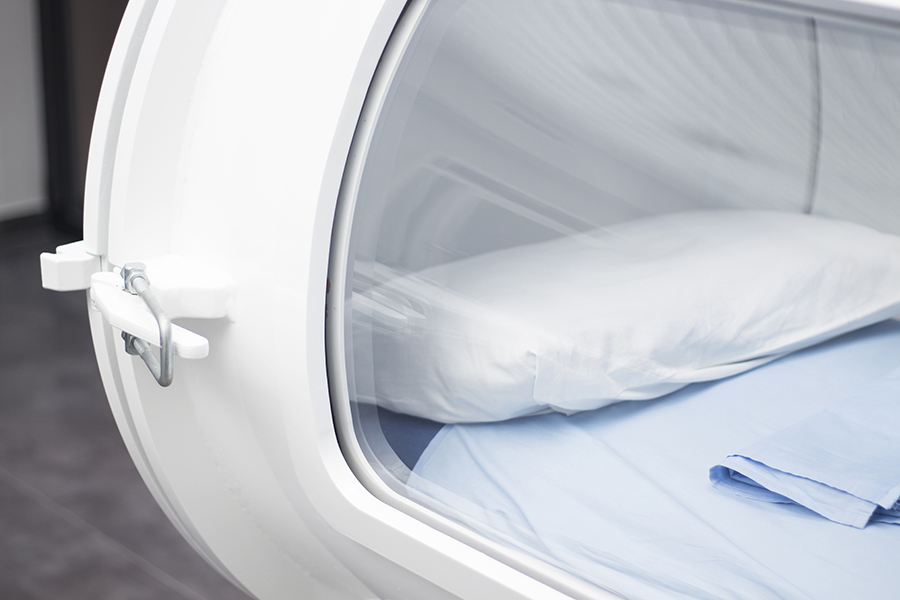A pressure injury is an area of skin that breaks down when you stay in one position for too long without shifting your weight. This often happens if you use a wheelchair or you are bedridden, even for a short period of time (for example, after surgery or an injury). The constant pressure against the skin reduces the blood supply to that area and the affected tissue dies. Read on to learn more about pressure injuries.
A pressure injury starts as reddened skin but gets progressively worse, forming a blister, then an open sore and finally a crater. The most common places for pressure injuries are over bony prominences (bones close to the skin) like the elbow, heels, hips, ankles, shoulders, back and the back of the head.
These factors increase the risk for pressure injuries:
- Being bedridden or in a wheelchair
- Fragile skin
- Having a chronic condition, such as diabetes or vascular disease, that prevents areas of the body from receiving proper blood flow
- Inability to move certain parts of your body without assistance, such as after spinal or brain injury or if you have a neuromuscular disease (like multiple sclerosis)
- Malnourishment
- Mental disability from conditions such as Alzheimer’s disease — the patient may not be able to properly prevent or treat pressure injuries
- Older age
- Urinary incontinence or bowel incontinence
Symptoms
Pressure sores are categorized by severity, from Stage I (earliest signs) to Stage IV (worst):
- Stage I: A reddened area on the skin that, when pressed, is “nonblanchable” (does not turn white). This indicates that a pressure injuries is starting to develop.
- Stage II: The skin blisters or forms an open sore. The area around the sore may be red and irritated.
- Stage III: The skin breakdown now looks like a crater where there is damage to the tissue below the skin.
- Stage IV: The pressure injuries has become so deep that there is damage to the muscle and bone, and sometimes tendons and joints.
First Aid
Any new or changing pressure sore should be discussed with your doctor or nurse. Once a pressure injury is identified, steps must be taken immediately:
- Relieve the pressure on that area. Use pillows, special foam cushions and sheepskin to reduce the pressure.
- Treat the sore based on the stage of the injury. Your health care provider will give you specific treatment and care instructions.
- Avoid further trauma or friction.
- Improve nutrition and other underlying problems that may affect the healing process.
- If the pressure injury is at Stage II or worse, your health care provider will give you specific instructions on how to clean and care for open injuries. It is very important to do this properly to prevent infection.
- Keep the area clean and free of dead tissue. Your health care provider will give you specific care directions. Generally, pressure injuries are rinsed with a salt-water rinse to remove loose, dead tissue. The sore should be covered with special gauze dressing made for pressure injuries.
- New medicines that promote skin healing are now available and may be prescribed by your doctor.
- Do NOT massage the area of the injury. Massage can damage tissue under the skin.
- Donut-shaped or ring-shaped cushions are NOT recommended. They interfere with blood flow to that area and cause complications.
When to Contact a Medical Professional
Contact your health care provider if an area of the skin blisters or forms an open sore. Contact the provider immediately if there are any signs of an infection. An infection can spread to the rest of the body and cause serious problems.
Signs of an infected injury include:
- A foul odor from the injury
- Redness and tenderness around the injury
- Skin close to the ulcer is warm and swollen
- Fever, weakness and confusion are signs that the infection may have spread to the blood or elsewhere in the body.
Prevention
If bedridden or immobile due to diabetes, circulation problems, incontinence or mental disabilities, you should be checked for pressure sores every day. You or your caregiver should check your body from head to toe.
Pay special attention to the areas where pressure injuries often form. Look for reddened areas that, when pressed, do not turn white. Also look for blisters, sores, or craters. In addition, take the following steps:
- Change position at least every 2 hours to relieve pressure.
- Use items that can help reduce pressure — pillows, sheepskin, foam padding and powders from medical supply stores.
- Eat healthy, well-balanced meals that contain enough calories to keep you healthy.
- Drink plenty of water (8 to 10 cups) every day.
- Exercise daily, including range-of-motion exercises for immobile patients.
- Keep skin clean and dry.
- After urinating or having a bowel movement, clean the area and dry it well. A doctor can recommend creams to help protect the skin.
Alternative Names: Bedsore; Decubitus ulcer; Pressure ucler
References:
Fonder MA, Lazarus GS, Cowan DA, Aronson-Cook B, Kohli AR, Mamelak AJ. Treating the chronic wound: a practical approach to the care of nonhealing wounds and wound care dressings. J Am Acad Dermatol. 2008;58(2):185-206.
Bluestein D, Javaheri A. Pressure ulcers: prevention, evaluation, and management. Am Fam Physician. 2008;78(10):1186-1194.






